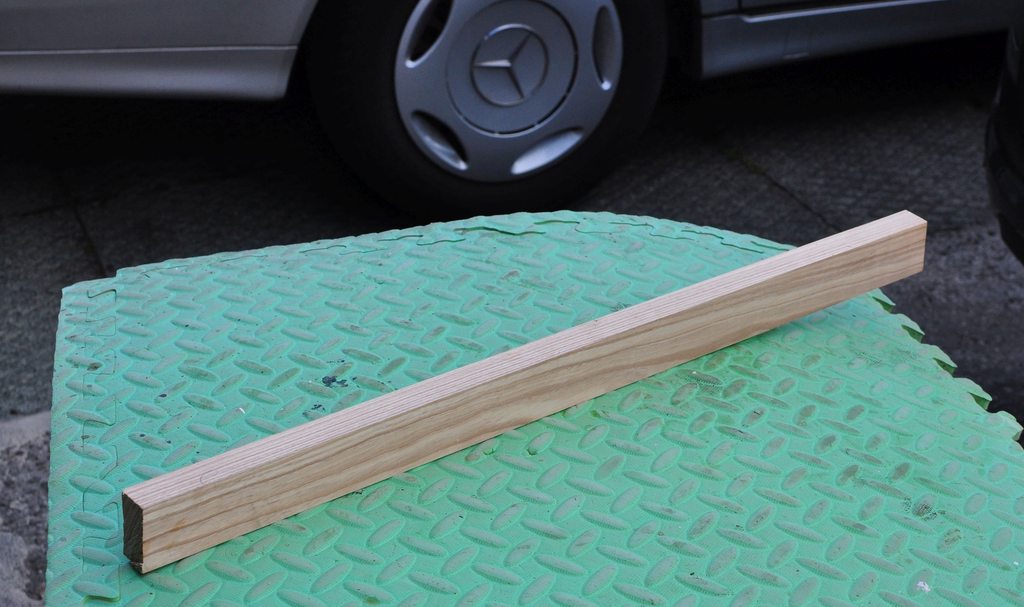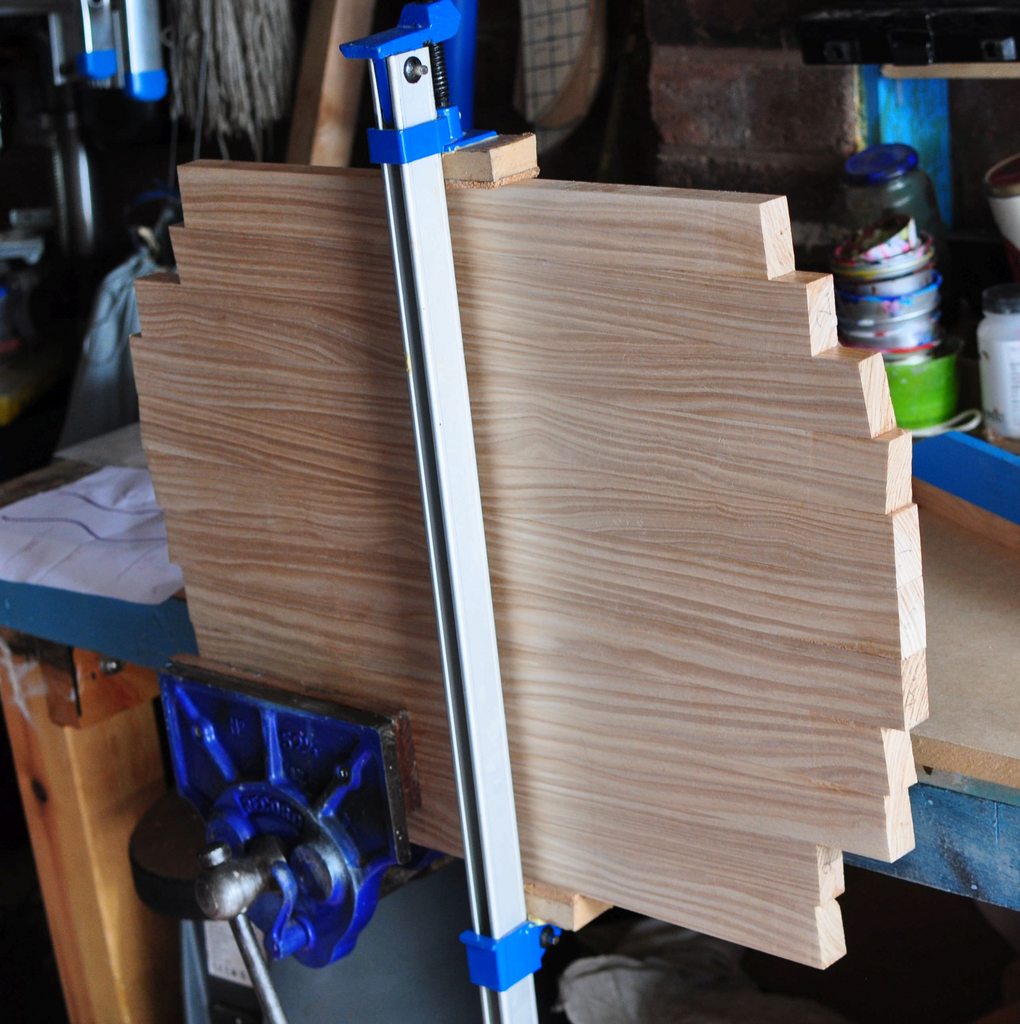Sgian Dubh":3t1piptk said:
I find it interesting the number of responses identifying the wood, with a fair degree of certainty, that it's American white oak. Apart from being reasonably certain it's a white oak I would never claim to be able to distinguish between one of the many American white oaks sold commercially and any of the most common European oaks, e.g., Quercus robur or Quercus petraea.
+1
I agree, but it's a long established woodworking practise to claim that a species from one specific location is inherently different from the same species hailing from a different location. And on some occasions those two locations can be within the same continent or even within the same country!
I guess there's just a deep rooted unwillingness to acknowledge that there's a wide and random variation in the characteristics of most timbers that will always confound our efforts to generalise.






































